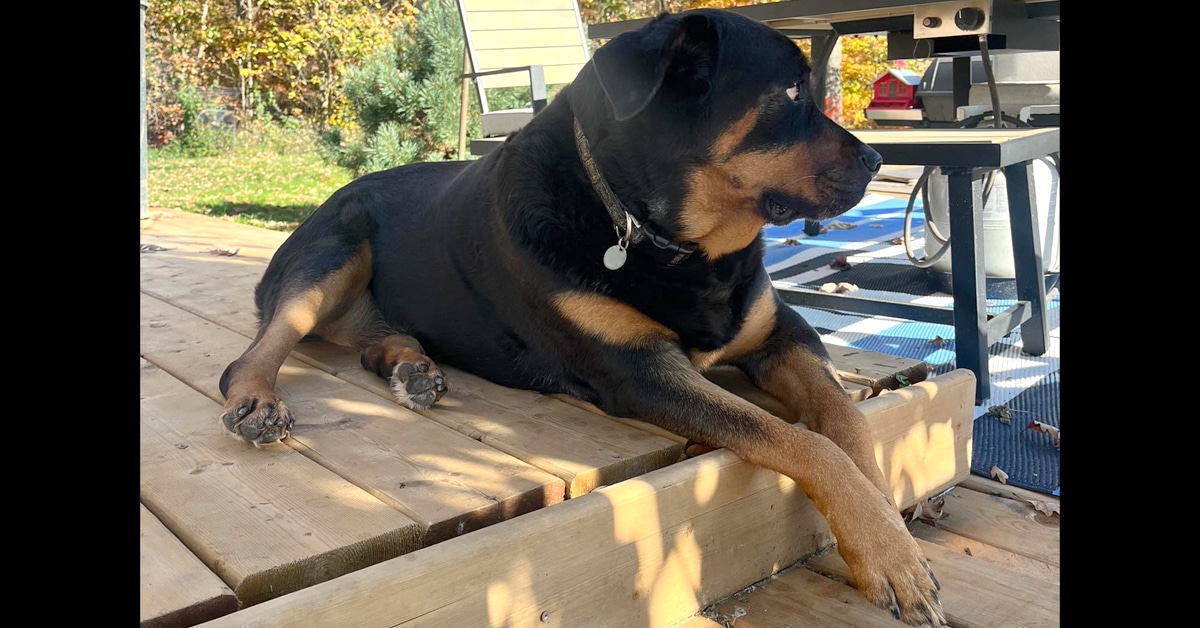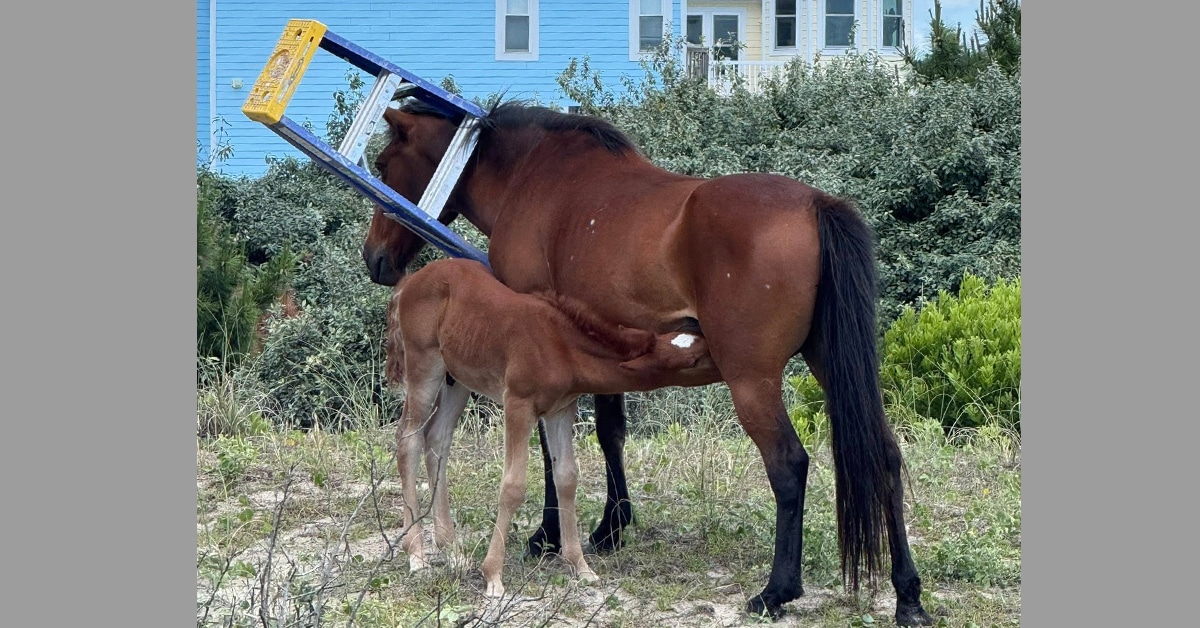An extensive new study reveals that horses roamed freely between North America and Eurasia until climate change during the Pleistocene era caused the land crossing to be under water.
According to the study Sustainability insights from Late Pleistocene climate change and horse migration patterns published this month in Science, wild horses traveled on their own across Beringia, more commonly known as the Bering Land Bridge. This crossing connected North America from the Yukon and Alaska to Siberia in Asia.
First Nations peoples referred to the land crossing as The Medicine Man Trail that was used for thousands of years. “We understand the Horse Nation to be a keystone species that, together with the other life forms with which it shares relationality, brings balance to the ecosystem,” Chief Harold Left Heron, a traditional Lakota scientist, knowledge keeper and leader from the Lakota Nation, tells Phys.org. “Multiple scientific systems respectfully joined together in this study to offer critical knowledge that can be applied by each of us today in our respective communities around the world to preserve all life.”

Towards the end of the Ice Age, as Earth’s water got locked up in glaciers, sea levels began to drop; the land beneath the Bering Strait (once known as Beringia) became a flat grassy treeless plain connecting Asia to North America. (National Park Service image)
A team of 57 researchers from across the globe participated in this landmark study, including 18 Indigenous scientists. During the study, both Indigenous and Western scientific methods were used, including genomics and isotope profiling. It was determined that these Late Pleistocene horses from Alaska and Yukon were relatives of the Eurasian animals, making it certain that the horses crossed the Bering land bridge repeatedly during what is known as the “last glacial interval.” Samples were taken from fossilized bones uncovered in the ice on both continents.
“DNA preserves best in cold environments,” Dr. Ludovic Orlando, director of the Centre for Anthropobiology and Genomics of Toulouse, a joint multi-disciplinary research center supported by the French National Center for Scientific Research and University of Toulouse, France, tells Phys.org. “In this study we harnessed the full power of the latest generation of DNA sequencing instruments, and Lakota scientific genomic principles, to uncover a more complete diversity of horse lineages that existed in these regions during the Late Pleistocene.”
Over the course of 15 years, the scientists sequenced the genomes from 68 Late Pleistocene horses and focused on horse migration across the continents between 26,000 and 19,000 years ago. The study revealed three separate equine lineages.
“Our work shows that in North America alone, there was one distinct horse lineage south of the ice sheets, another across Alaska and the Yukon — and even a third at the westernmost edge of Alaska,” Lakota scientist Dr. Yvette Running Horse Collin, told Phys.org. Running Horse Collin is the director of Taku Skan Skan Wasakliyapi: Global Institute for Traditional Science (GIFTS), and she led the genome sequencing laboratory work for the research, as well as ensuring all Indigenous scientific protocols were applied and followed.
The third horse lineage described above was a population from the Ural Mountains, a group of horses that extended across the Arctic and entered North America as sea levels dropped and the Bering land bridge formed and was crossed many times from Eurasia to America by horses between 50,000 and 19,000 years ago.
Of special interest to the researchers was the revelation that migration wasn’t a one-way trip; rather, the evidence indicated that horses traveled the opposite way and followed coastal routes along the Pacific where they left genetic markers as far west as Anatolia and the Iberian Peninsula well into the Holocene, our current geological epoch which began just over 11,000 years ago.
The study authors point out that the takeaway from their research is the importance of sustaining ecological corridors that support continuous movement between habitats. These corridors are vital to protect and preserve biodiversity during our current global climate crisis.
“We did this study with our allies from other nations in order to show the world the importance of movement in sustaining life,” says Chief Joe American Horse, a traditional leader and knowledge keeper for the Lakota Nation. “This concept means that life never moves alone, but follows its ecosystem — life must move to survive. We are implementing the findings of this paper in He’Sapa, our sacred Black Hills in conjunction with many leading scientific institutions, headquartered from the Black Hills Wild Horse Sanctuary.”
More News









